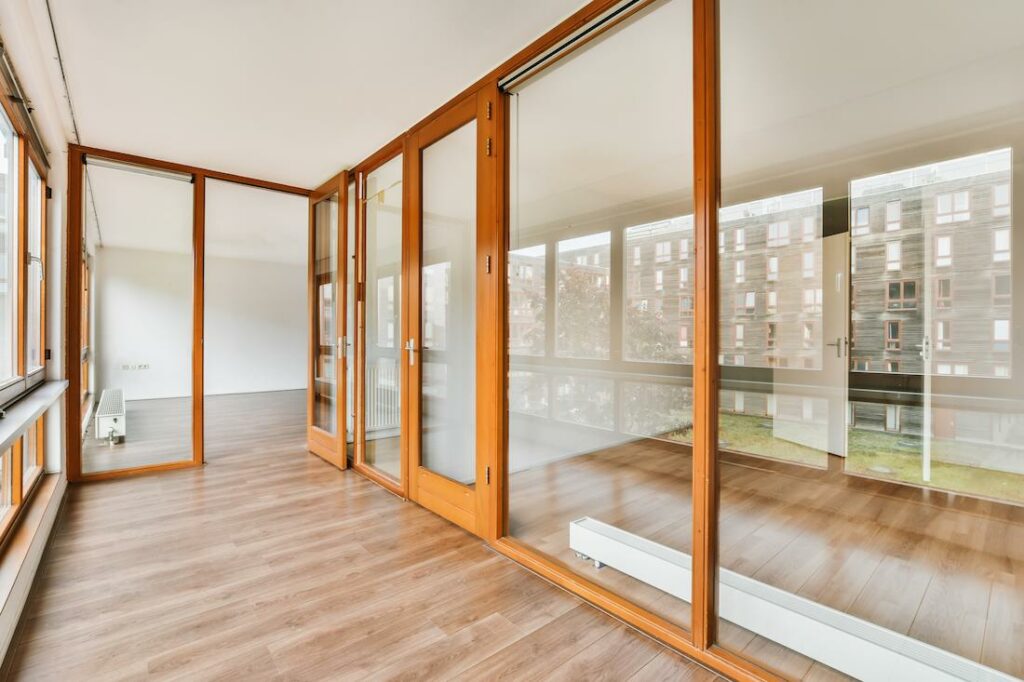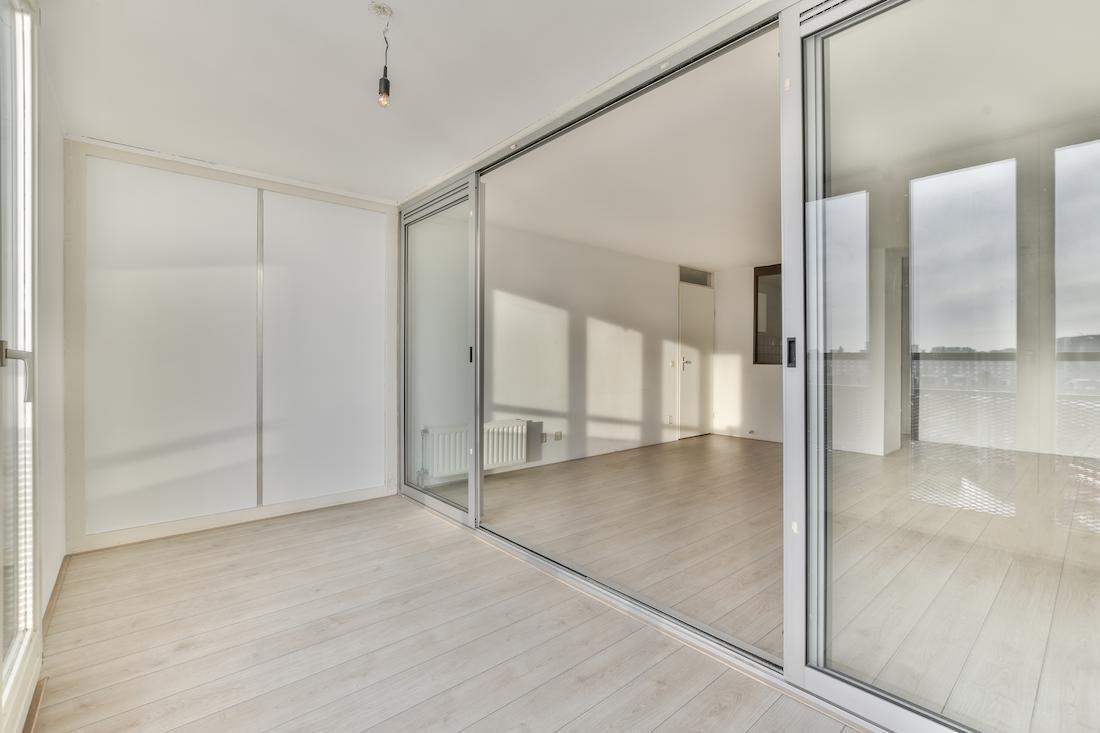Interior enclosures are fundamental elements in the architecture and interior design of a home or commercial space. These elements, which can include walls, doors, partitions and partitions, play a crucial role in the functionality and aesthetic appearance of each place. Next, we will provide you with detailed information about interior enclosures and their importance in interior design:
Definition of interior enclosures
Interior enclosures are structures that separate and delimit different areas or rooms within a building. They can be built with various materials, such as wood, glass, steel, concrete or plasterboard, and are used to create functional and aesthetically pleasing spaces inside a building.
Importance of interior enclosures in interior design
Division of spaces
Interior enclosures allow a large space to be divided into smaller areas, which is essential for the privacy and functional organization of a home or work environment. For example, a room enclosure that is used to divide a room into two or more separate places. It can be a complete or partial wall, a screen or even a screen. Room enclosures are common in houses with open spaces, where the aim is to create specific areas for different uses, such as a bedroom and a study area in the same space.
Acoustic and thermal insulation
Adequate enclosures contribute to the acoustic and thermal insulation of a space. This is essential to create comfortable environments and reduce noise and temperature fluctuations.
Aesthetics and design
They have a great impact on the overall aesthetics of a site. The materials, colors and patterns used can add character and style to a room, complementing the chosen design theme.
Functionality and versatility
Interior enclosures can also be functional and versatile. For example, sliding doors can save space and offer the option to open or close areas as needed.
Natural lighting
The use of transparent enclosures, such as glass partitions, can allow natural light to diffuse through a space, creating a feeling of spaciousness and light.
Types of interior enclosures
Entry closures
Home entrance enclosures refer to the structures that surround the main entrance of a home. These enclosures may include portals, porches, canopies or pergolas designed to protect the entrance to the house from inclement weather. In addition to offering protection, home entrance enclosures can also contribute to the aesthetics and identity of the home.
Glass partitions

These are a popular option for creating transparent divisions that maintain a feeling of openness while visually separating spaces, glass enclosures are ideal for making the most of natural light and panoramic views can also be combined with other materials. There are iron and glass enclosures, they are a robust and durable option. Iron provides structural strength, while glass allows light to enter. These enclosures are common in patios, gardens and terraces, where they are used as railings or fences, combining security and aesthetics. They can also be found indoors on elements such as stair railings and space dividers. Others are wood and glass enclosures, which combine the warmth and beauty of wood with the transparency and luminosity of glass. These enclosures are often used in homes to create divisions between spaces, such as separating a living room from a dining room. The wood provides an elegant and welcoming look, while the glass maintains the visual connection between areas.
Mobile panels
Mobile and folding panels are ideal for spaces that need flexibility, such as conference rooms or meeting areas.
Walls
Walls are the most common enclosure and can be solid or partially transparent, depending on the need for division and light. Plasterboard walls (Drywall) that are an economical and versatile option to create interior enclosures.
Doors
Interior doors come in a variety of styles and materials, from sliding doors to bi-fold doors, all designed to allow access to different areas.
Interior enclosures are fundamental elements in interior design, since they influence the functionality, comfort and aesthetic appearance of a given place. Each type of enclosure offers unique characteristics in terms of appearance and performance, the careful choice of materials and designs can transform an environment and adapt it to the needs and preferences of each project.

0 Comments